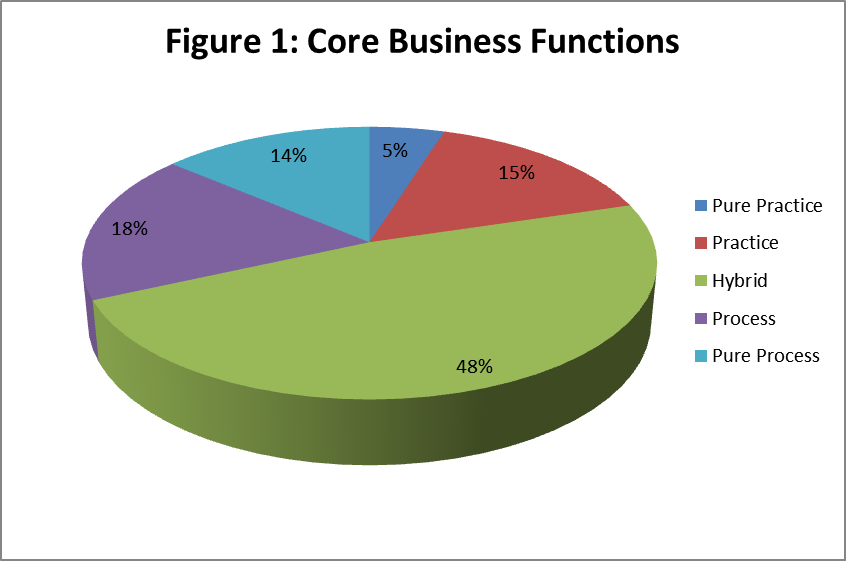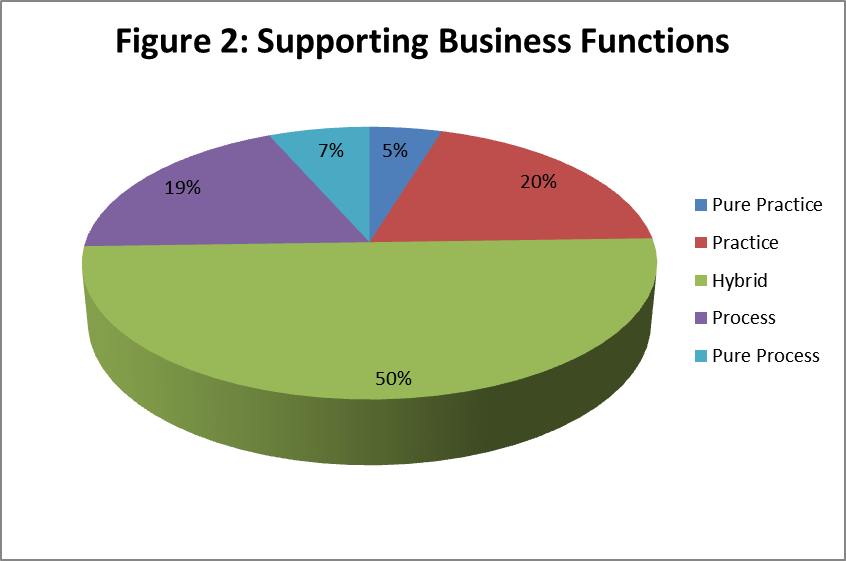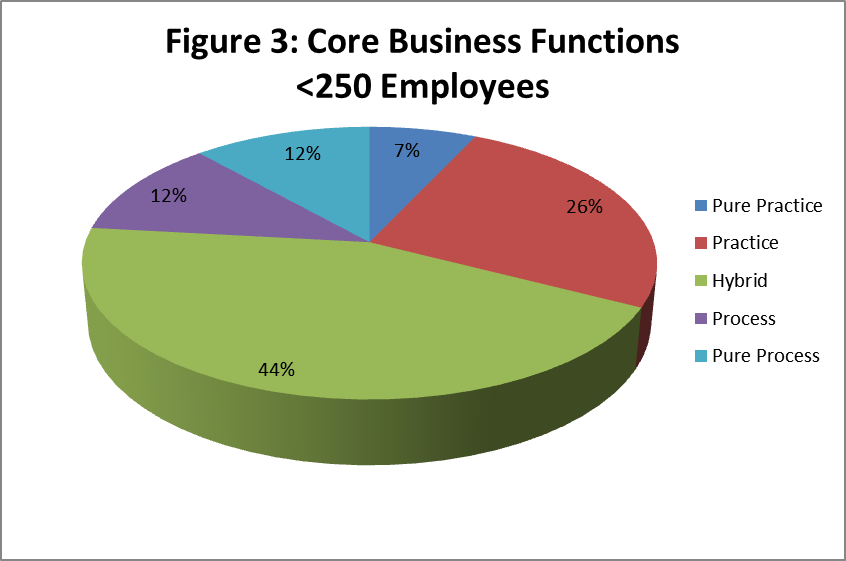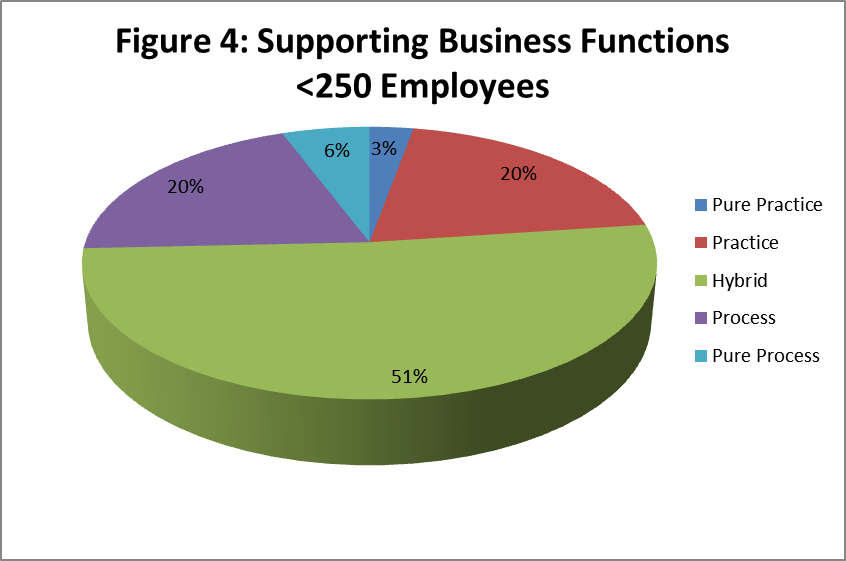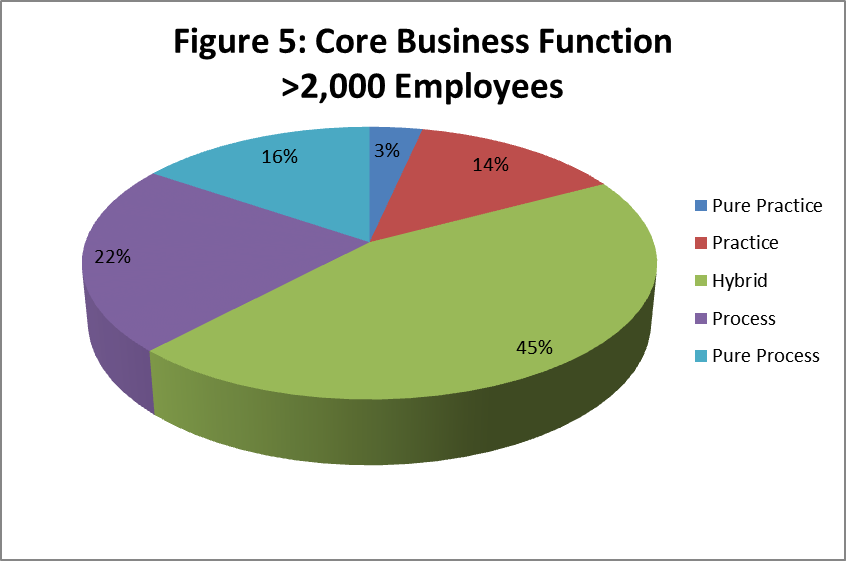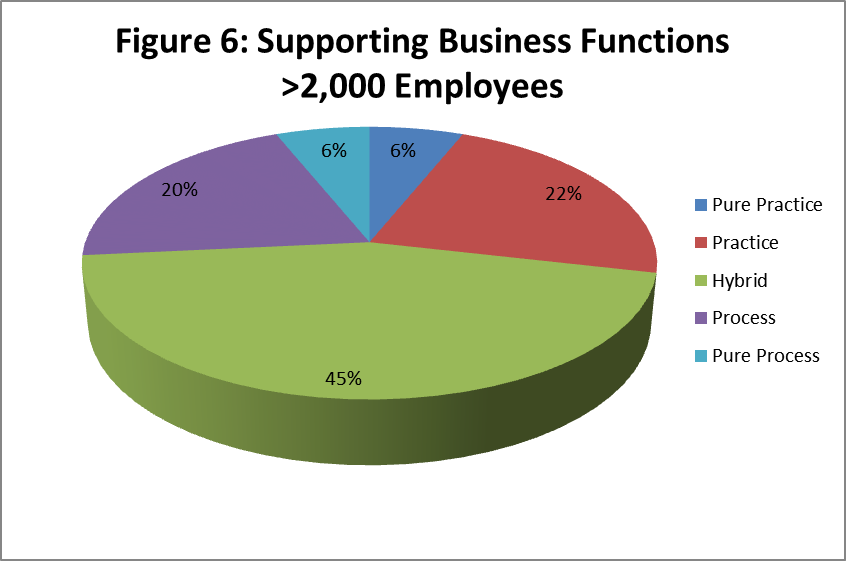The world of business punditry is abuzz with JPMorgan Chase’s $2 billion loss. As it should be, I guess. Learning from the mistakes of others surely beats learning from our own.
On the other hand, there are many more ways to do things wrong than there are to do them right, and besides, for most of the business world the whole matter is about tribes who aren’t us—what “they” (JPMC’s) management) did wrong, and how “they” (our own management) should do things differently.
Ideas we can use ourselves are nowhere near as enjoyable. Valuable, yes, but enjoyable? No. And so, with some misgivings, I’ll forego the opportunity to critique yet one more blunder from yet one more group of grossly overpaid blunderers.
Instead, I’m going to tell you about a restaurant and some lessons it provides for you and your teams.
The restaurant is Travail. It’s a physically unprepossessing little place located in downtown Robbinsdale, Minnesota, an unprepossessing little Minneapolis/St. Paul suburb.
That’s as far as its unprepossessingness goes, though. It’s one of the rare eateries that makes a two-hour wait for a table a fine investment of your time.
Here’s the story:
The founders/owners/staff are thirteen or so talented chefs. The decor is early brick, with tables. The menu goes on two large chalkboards. The waiting list goes on a third. There’s a bar. The kitchen is visible, inside and through the front window.
What isn’t visible is the floor, because the place is packed. We arrived minutes after it opened, but the diners who had waited outside for the last hour filled all of the tables with crowd to spare.
Our group of four was fifth in line. “How long is the wait?” “Maybe 90 minutes.” We got drinks and chatted, not sure our patience was up to the task, but willing to find out.
When we finally sat, we ordered the Tastings — ten courses, none large. “What are they?” “Don’t worry about it.”
Served over a span of two hours, they were unique, without being either pretentious or contrived. Also, they were delicious.
Except, perhaps for the beets. I don’t eat beets, so I can’t say.
Travail is a wildly successful business in an industry known for its high rate of failure. So the factors driving their success might provide guidance for the rest of us:
- Excellence comes first. Remember the six optimization parameters? Excellence … uniqueness, tailoring, customization, with no standardization … is what makes Travail’s food worth every minute of the wait. Quality (absence of defects: salmonella would be an example) matters too. The other four optimization parameters are whatever they are. Clearly, neither cycle time nor throughput matter, and the menu is priced so that fixed and incremental costs don’t matter either.
- Every chef is a superb chef. Travail makes no compromises on staffing. It doesn’t try to substitute process for ability. It lives and dies on talent.
- And, they work as a team. There’s no false dichotomy about talent and teamwork. They’re independent variables, and they’re both present in abundance.
- Every chef takes turns as chef, sous chef, bartender, dishwasher … and server. Cheerfully — they enjoy talking with diners, explaining each dish and answering questions. Now pay attention: In their own way, chefs are geeks just as much as programmers and sysadmins, and yet there were no communications barriers, other than the ambient noise, just infectious enthusiasm about the subject.
- The work doesn’t have to be fun, but it is fun. People can fake a lot of things, but they can’t fake that. When you’re preparing ten dishes per patron, plus the desserts (the dessert Tastings had four more dishes), with a room full of waiting patrons, the pressure is constant. Or could be. Instead, everyone working there wanted to be there.
Which leads to the final take-home lesson — the virtuous cycle that connects a sense of ownership to outstanding outcomes, and outstanding outcomes to a sense of ownership. At Travail, creating that sense of ownership is, admittedly, easier — everyone is, after all, an owner. But their legal ownership isn’t what makes everything work. It’s the attitude of ownership that drives them to achieve great results — not just the food itself, but the experience that surrounds it, which together were worth every penny.
Between the two-hour wait and the two-hour meal, that experience took four hours. It was worth every minute, too.

